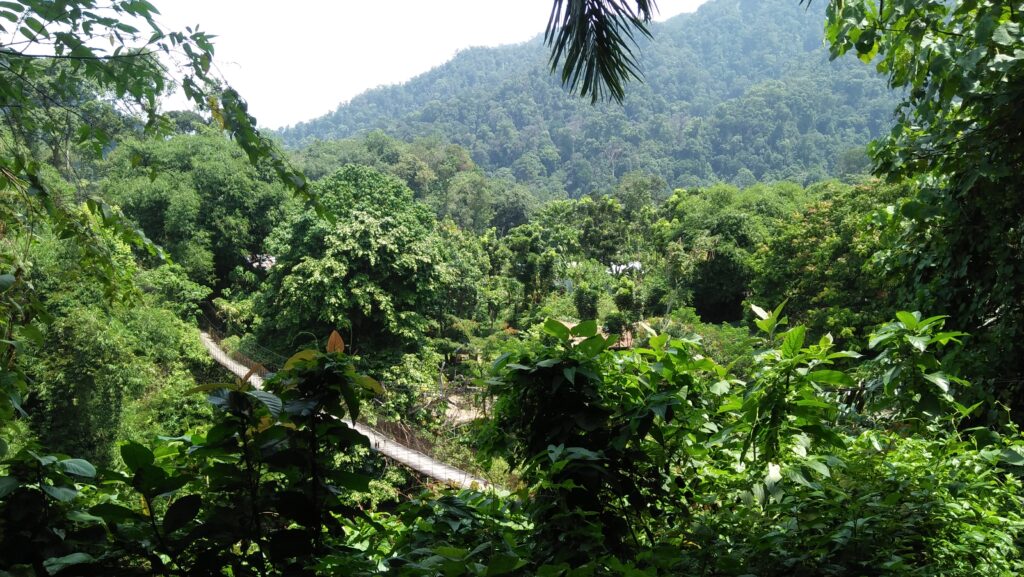A third of the world’s tree species are under threat, the United Nations Food and Agriculture Organisation (FAO) warns in a report published on Wednesday, in which it highlights the urgent need for awareness.
The report is the first since the FAO launched the Global Plan of Action for the Conservation and Sustainable Use of Forest Genetic Resources (FGR) in 2013.
The organisation collected data from 77 countries, representing 77% of the world’s forests.
30% of tree species endangered
Of the 58,000 tree species globally, 30% are endangered, particularly rare species and those in tropical and subtropical regions.
Deforestation, climate change, fires, diseases, and invasive species significantly threaten many trees, according to the UN organisation, which stresses that preserving trees is crucial for food security and ecosystems.
Investing in forest genetic resources and managing them sustainably will adapt the world’s forests to climate change while increasing productivity and developing new products, FAO Director-General Qu Dongyu explains in the report’s preface.
Only 64% of countries have national FGR inventories
However, the organisation notes that countries neglect this issue. Only 64% have national inventories of their FGR.
Efforts to ensure the conservation and reproduction of species remain “limited,” and there are gaps in international cooperation, according to the FAO.
The Global Plan of Action outlines 27 priorities for safeguarding forest resources. Its implementation by States is voluntary and not binding.
Loss of diversity in food plants
Another FAO report, released on Monday, highlights the loss of diversity in plant resources used for food and agriculture.
Of the 6,000 species cultivated for agriculture, nine crops (sugar cane, maize, rice, wheat, potato, soybean, oil palm, sugar beet, and cassava) alone represent over 60% of global agricultural production in recent years.
The report, which is based on information from 128 countries, notes that the world faces rising hunger, malnutrition, and poverty, exacerbated by the loss of biodiversity, climate change, land degradation, and conflicts.
Plant resources are used for human and animal food, comprising 80% of our diet, according to the FAO, and non-food products such as medicines, fuels, and clothing.

